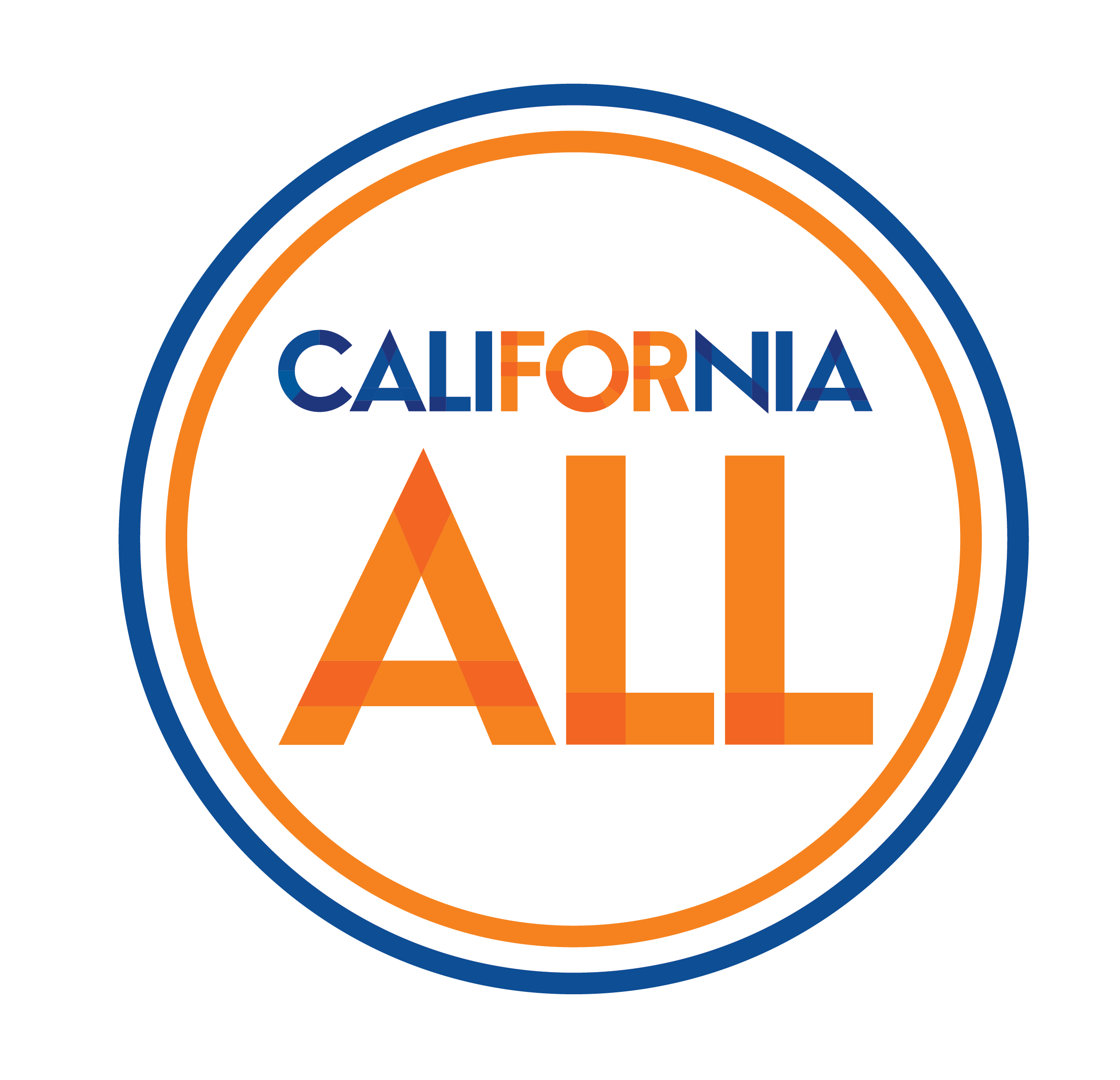Why am I being warned about potential exposure to methylene chloride?
- Methylene chloride is on the Proposition 65 list because it can cause cancer. Exposure to methylene chloride may increase the risk of cancer.
- Proposition 65 requires businesses to determine if they must provide a warning about exposure to listed chemicals.
What is methylene chloride?
- Methylene chloride, also known as dichloromethane or DCM, is used as an industrial solvent and paint stripper, and is often used in bathtub refinishing. It has a sweet odor and evaporates into the air quickly.
- Certain paint strippers, aerosol paints, and adhesives, as well as other metal cleaning products, can contain methylene chloride. Methylene chloride may also be found in automotive degreasers and cleaners manufactured for sale outside California. It is not permitted in most products of these kinds manufactured for sale in California.
How does exposure to methylene chloride occur?
Image
- During pregnancy, methylene chloride can pass from mother to baby.
How can I reduce my exposure to methylene chloride?
- Choose less-toxic alternatives to paint strippers, adhesives, aerosol paints and other products that contain methylene chloride. Check the ingredients list on product labels to see if the products contain methylene chloride.
- Remember that, in addition to causing cancer, methylene chloride is so highly toxic that it can cause death at high levels of exposure. Always follow the manufacturer’s instructions and safety precautions on the label.
- Products containing methylene chloride should be used outdoors. Do not use in an enclosed space. Indoor use is not recommended.
- Consider hiring a trained professional for any indoor tasks that may involve the use of products containing methylene chloride, such as bathtub refinishing.
- If you must use methylene chloride indoors, take special measures to ventilate your workplace to prevent injury and death, such as those recommended by the US Consumer Product Safety Commission for paint strippers containing methylene chloride.
- When using methylene chloride, use respiratory protective equipment, such as tight-fitting, full-face, self-contained, supplied-air respirators or gas masks with vapor canisters to reduce exposure. If the work will take several hours, it is best to use an air-supplied respirator.
- Cartridge-type air purifying respirators and dust masks do not provide adequate protection against methylene chloride.
- Use methylene chloride-resistant gloves such as polyethylene vinyl alcohol or ethylene vinyl alcohol (PVA/EVA) gloves.
- Latex, rubber, nitrile, neoprene, and polyethylene gloves are not recommended for use with products that contain methylene chloride.
- Do not allow children near aerosol products with methylene chloride, such as spray paints.
General Fact Sheets and Resources
- California Department of Public Health (CDPH)
Hazard Evaluation System and Information Service (HESIS) - US Environmental Protection Agency (US EPA)
- US Department of Health and Human Services (HHS)
Agency for Toxic Substances and Disease Registry (ATSDR) - US Consumer Product Safety Commission (CPSC)
Scientific Information on Methylene Chloride
- World Health Organization (WHO)
International Agency for Research on Cancer (IARC)- IARC Monographs on the Evaluation of Carcinogenic Risks to Humans, vol. 110 (2017). “Dichloromethane” in Some Chemicals Used as Solvents and in Polymer Manufacture, pages 177-255.
- US Environmental Protection Agency (US EPA)
- US Department of Health and Human Services (HHS)
Agency for Toxic Substances and Disease Registry (ATSDR)
Proposition 65
- California Environmental Protection Agency (CalEPA)
Office of Environmental Health Hazard Assessment (OEHHA)- Proposition 65: Background
- Proposition 65: The List of Chemicals
- Proposition 65: Fact Sheets
Related Chemical(s)
References
Chemical



